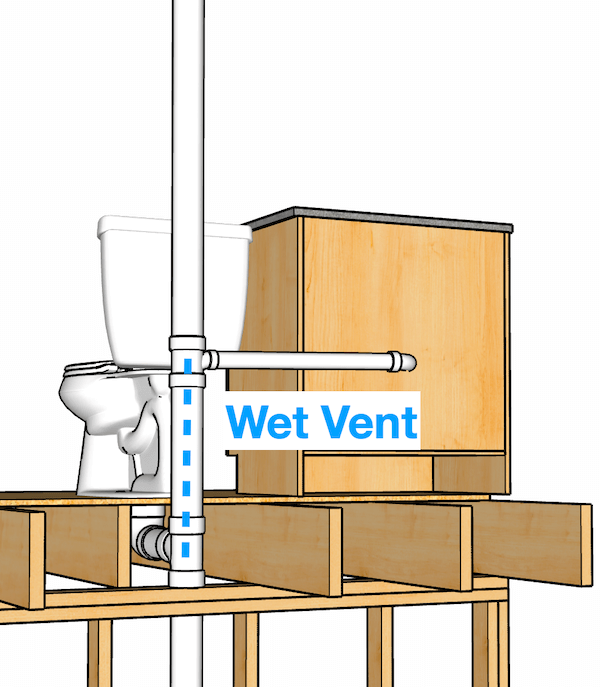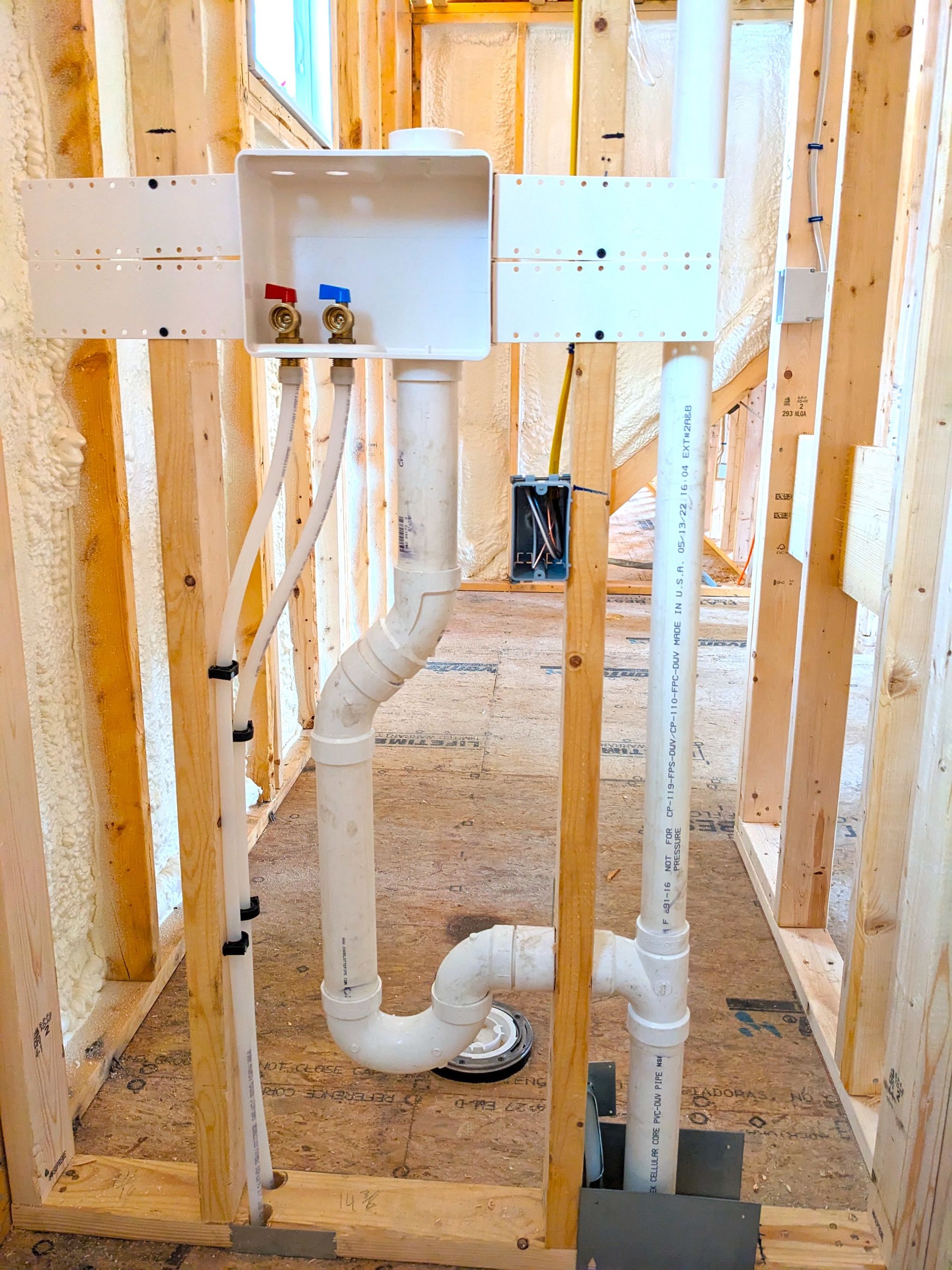The Benefits of Proper Ventilation in Your Plumbing System
The Benefits of Proper Ventilation in Your Plumbing System
Blog Article
We have come across this great article involving Why Plumbing Air Vents Are Important listed below on the internet and concluded it made sense to talk about it with you on this site.

Correct air flow in pipes systems is typically neglected, yet it is essential for maintaining the functionality and security of your home's plumbing. Air flow assists regulate air pressure, avoid the build-up of dangerous gases, and make certain the effective removal of waste. In this guide, we will certainly explore the relevance of appropriate plumbing air flow, exactly how it functions, and the advantages it brings to your plumbing system.
Understanding Ventilation in Plumbing
Air flow in plumbing describes the network of pipes that allow air to flow through the drainage system. These vents offer numerous functions, consisting of regulating atmospheric pressure within the pipes, avoiding sewage system gases from entering the home, and aiding in the smooth flow of wastewater.
Just How Air Flow Functions in Plumbing Equipments
Atmospheric Pressure Law
Proper ventilation preserves well balanced atmospheric pressure within the pipes system. When water flows via pipes, it displaces air. Without ample ventilation, this displacement can produce adverse pressure, resulting in slow down drains pipes or siphoning of water from traps, which can cause unpleasant smells to leak into the home.
Preventing Sewer Gas Buildup
One of one of the most vital features of plumbing vents is to prevent drain gases, such as methane and hydrogen sulfide, from collecting within the home. These gases can pose severe health threats and are highly combustible. Vent pipes allow these gases to escape safely outdoors.
Aiding in Waste Elimination
Air flow assists in the reliable elimination of wastewater by avoiding airlocks in the water drainage system. When air can move easily with the vents, it permits water and waste to stream smoothly with the pipes, lowering the danger of obstructions and back-ups.
Kinds Of Plumbing Vents
Main Heap Vent
The main pile vent, also called the vent pile, is the key air vent in a pipes system. It expands from the major drain align through the roof, permitting gases to get away and fresh air to enter the system.
Branch Vent
Branch vents link to the primary pile air vent and offer individual components, such as sinks, toilets, and showers. These vents make sure that each fixture has ample air flow to function correctly.
Air Admittance Valve (AAV).
An Air Admission Valve (AAV) is a one-way valve that enables air to enter the plumbing system without the demand for a standard vent pipe extending through the roofing. AAVs are typically used in renovations or locations where setting up a typical air vent is not practical.
Signs of Poor Air Flow in Plumbing.
Slow Draining Fixtures.
If your sinks, tubs, or toilets are draining slowly, it could be an indication of inadequate air flow. Insufficient air flow can create a vacuum cleaner impact, making it hard for water to drain pipes effectively.
Gurgling Seems.
Gurgling noises coming from drains pipes are often an outcome of air being drawn with water traps as a result of negative pressure in the pipes. This is a clear sign of not enough air flow.
Undesirable Odors.
Sewage system smells inside your home are a warning that your plumbing system is not appropriately ventilated. This might mean that drain gases are not being sufficiently aired vent outside, resulting in possibly harmful problems.
Usual Ventilation Mistakes.
Insufficient Vent Sizing.
Utilizing small vent pipes can bring about inadequate air flow and stress inequalities in the system. It's important to make use of vents that meet the details needs of your plumbing system.
Improper Vent Positioning.
Putting vents also much from the fixtures they offer can minimize their effectiveness. Correct placement makes sure that air can flow easily and effectively with the system.
Ignoring Code Requirements.
Building ordinance give specific guidelines for plumbing ventilation. Overlooking these codes can lead to a system that stops working to work properly and may result in costly fixings or carcinogen.
Benefits of Proper Ventilation.
Enhanced System Efficiency.
Correctly ventilated pipes systems run more successfully, with less clogs, faster draining pipes, and less stress on the pipes. This effectiveness expands the life expectancy of the pipes system.
Improved Air High Quality.
By preventing drain gases from entering your home, correct ventilation adds to far better indoor air top quality, making your living atmosphere healthier and much more comfortable.
Stopping Water Damages.
Ample air flow assists prevent water from being siphoned out of catches, which can cause sewer gases going into the home and creating water damages gradually.
Steps to Ensure Proper Air Flow.
Consulting Pipes Codes.
Constantly seek advice from regional plumbing codes when making or customizing your pipes system. These codes provide the required guidelines for correct airing vent and ensure your system meets security requirements.
Routine Examination and Maintenance.
Regular inspections can help recognize potential air flow problems before they come to be significant troubles. Upkeep jobs, such as cleaning up vent pipelines and checking for blockages, are crucial for maintaining the system in good working order.
Specialist Installation.
For brand-new installments or major modifications, it's important to employ an expert plumbing professional. They have the know-how to ensure the air flow system is appropriately developed and set up according to code.
Final thought.
Correct air flow is a crucial element of any kind of plumbing system, making sure that it works successfully and safely. By recognizing the significance of air flow, acknowledging the indications of poor ventilation, and taking actions to keep your system, you can stop expensive problems and safeguard your home's air high quality.
What is a Plumbing Vent and it's used for?All plumbing systems in residential and commercials construction have a plumbing vent. It doesn’t just vent unwanted odors from the drainage system to the outside; it actually serves an important purpose by supplying air to the system.
The plumbing drainage system is actually called a drainage, waste and vent (DWV) system. When water flows down the piping, an air supply (vent) is needed to allow the water to flow. Think of the vertical pipe as a drinking straw. If you plug the top end of a straw, liquid won’t drain from it.
The DWV system in your building consists of a series of pipes connected to each fixture; they extend above each fixture, and the system terminates at an open pipe that extends through the roof. This piping allows air into the system and prevents unbalanced pressures in the piping.
?The vent also prevents the system from drawing water out of a trap at the fixture with the characteristic “glug-glug-glug” as the drain gasps for air. Plumbing traps should drain smoothly and never “glug” or gasp for air.
If you have a drain that empties slowly or gurgles as it drains, this may indicate a venting problem. If you flush a toilet and the sink gurgles, there’s definitely a vent problem. It is good idea to have a Plumber check this.
https://www.ameliashomeinspection.com/blog/what-is-a-plumbing-vent-and-its-used-for

As a serious reader on The Upsides of Proper Ventilation in Plumbing Design, I was thinking sharing that short article was worthwhile. Are you aware of somebody who is intrigued by ? Do not hesitate to promote it. Many thanks for your time. Revisit us soon.
Estimate Free Report this page